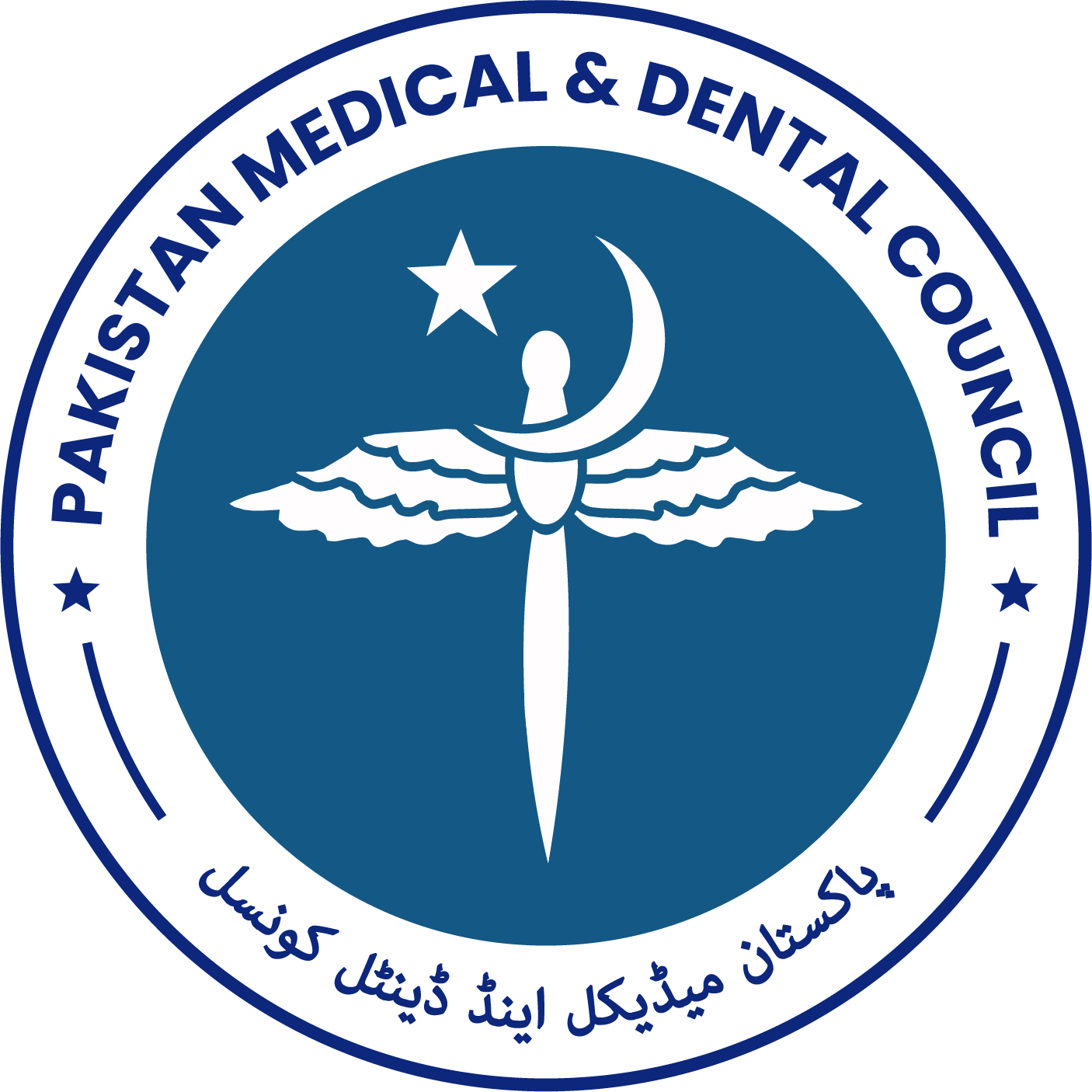Keloid Treatment Options
Keloid Treatment Options
Prices Last Updated 24 February 2025
Couldn't load pickup availability
 Postgrad from UK
Postgrad from UK
 Internal Med USA
Internal Med USA
 PMDC Reg
PMDC Reg
Do you have female staff?
Do you have female staff?
Yes, we have female and male both staffs available at site for assisting the dermatologist to fulfill his duties.
How to book appointment?
How to book appointment?
What are keloids?
Keloids are a type of raised scar. They occur where the skin has healed after an injury. They can grow to be much larger than the original injury that caused the scar. They are not at all common, but are more likely for people who have dark skin.
Anything that can cause a scar can cause a keloid. This includes being burned, cut, or having severe acne. Keloids can also develop after you get a body piercing, a tattoo, or have surgery. Keloids sometimes show up 3 months or more after your skin is injured. Some continue to grow for years.
Treatment
- Wound care. For newer keloids, the first treatment option might be compression dressings made from stretchy fabric or other materials. This method is also used after surgery to remove keloids. The goal is to reduce or prevent a scar by putting pressure on the wound as it heals. Such dressings need to be worn for 12 to 24 hours a day for 4 to 6 months to be effective. This method can be very uncomfortable.
- Corticosteroid cream. Applying a prescription strength corticosteroid cream can help ease itchiness.
- Injected medicine. If you have a smaller keloid, your doctor might try reducing its thickness by injecting it with cortisone or other steroids. You'll likely need monthly injections for up to six months before seeing the scar flatten. Possible side effects of corticosteroid injections are skin thinning, spider veins and a permanent change in skin color (hypopigmentation or hyperpigmentation).
- Freezing the scar. Small keloids might be reduced or removed by freezing them with liquid nitrogen (cryotherapy). Repeat treatments might be needed. Possible side effects of cryotherapy are blistering, pain and loss of skin color (hypopigmentation).
- Laser treatment. Larger keloids can be flattened by pulsed-dye laser sessions. This method has also been useful in easing itchiness and causing keloids to fade. Pulsed-dye laser therapy is delivered over several sessions with 4 to 8 weeks between sessions. Your doctor might recommend combining laser therapy with cortisone injections. Possible side effects, which are more common in people with darker skin, include hypopigmentation or hyperpigmentation, blistering and crusting.
- Radiation therapy. Low-level X-ray radiation alone or after surgical removal of a keloid can help shrink or minimize the scar tissue. Repeat treatments might be needed. Possible side effects of radiation therapy are skin complications and, in the long term, cancer.
- Surgical removal. If your keloid hasn't responded to other therapies, your doctor might recommend removing it with surgery in combination with other methods. Surgery alone has a recurrence rate of 45% to 100%.
Share



Burhan Ahmed, MD
MBBS, MD (USA), MACP (USA), MSc Dermatology (UK)
Member, American Medical Association
Member, American College of Physicians
Member, Royal College of Physicians
American Academy of Aesthetic Medicine
Commonly asked questions
Patients usually inquire about
How to book appointment?
Clinic Opening Hours: 2 PM to 9 PM
Bookings compulsory for consults only: Book Here
03120588944
Fees 3000 PKR
Dermatology Consultations: Monday to Saturday 2 PM to 9 PM 3000 PKR
Plastic Surgery, Nutritionist, Physical Therapy available on appointment basis only.
House 59, Block C1, Gulberg 3,, Opposite Junoon Restaurant, Off MM Alam Rd, Lahore, Lahore, 54000, Punjab (Google Directions)
Guarantee of Cosmetic Procedures
📢 Important Advisory for Patients Considering Cosmetic/Medical Procedures
Dear Valued Patients,
We believe in providing you with the best care and guidance as you consider cosmetic procedures to enhance your well-being. It is crucial for us to ensure that you are well-informed and understand the nuances of these procedures, including their limitations and potential risks. Please take a moment to read and absorb the following points:
No Guaranteed Outcomes: It is essential to comprehend that no medical treatment or surgery can be guaranteed to result in absolute benefits or complete recovery. We want to emphasize that there are no guarantees of being "cured" or achieving specific outcomes.
Informed Decision Making: Prior to undergoing any cosmetic procedure, we encourage you to educate yourself about the procedure's details, potential risks, and anticipated outcomes. This empowers you to make informed decisions aligned with your personal goals and expectations.
Risk Considerations: No procedure is entirely risk-free. All medical interventions, including cosmetic procedures, carry inherent risks. Understanding and accepting these risks is a vital part of your journey towards achieving your desired results.
Doctor's Skill and Competence: We assure you that our team possesses the necessary expertise and competence in their respective fields. We commit to applying our skills with reasonable care and competence to ensure your safety and well-being.
Timing and Emotional Well-being: Optimal results from cosmetic procedures can be influenced by emotional factors. We recommend considering the timing of your procedure, especially in relation to major life events such as relocation, job changes, bereavement, relationship changes, or the arrival of children. Emotional stability contributes positively to your overall experience.
Your health and satisfaction are our top priorities. By acknowledging these points, you are taking an active role in your journey towards self-enhancement. If you have any questions or concerns, our dedicated team is here to provide you with the guidance you need.
Thank you for trusting us with your care.
How many sessions do I require?
The healthier your skin/hair are when starting out, the easier it will take the treatment. The sessions must be spaced to allow adequate healing in between. Skin/Hair that are healthy enough to regenerate fairly quickly will be able to endure more sessions of a treatment in a shorter period of time.
While these aren’t the only factors involved, they are the most common. Don’t be surprised, however, if your doctor mentions another situation that could impact the length and/or number of sessions you may require. Every person is different, and your circumstances will be unique only to YOU.





